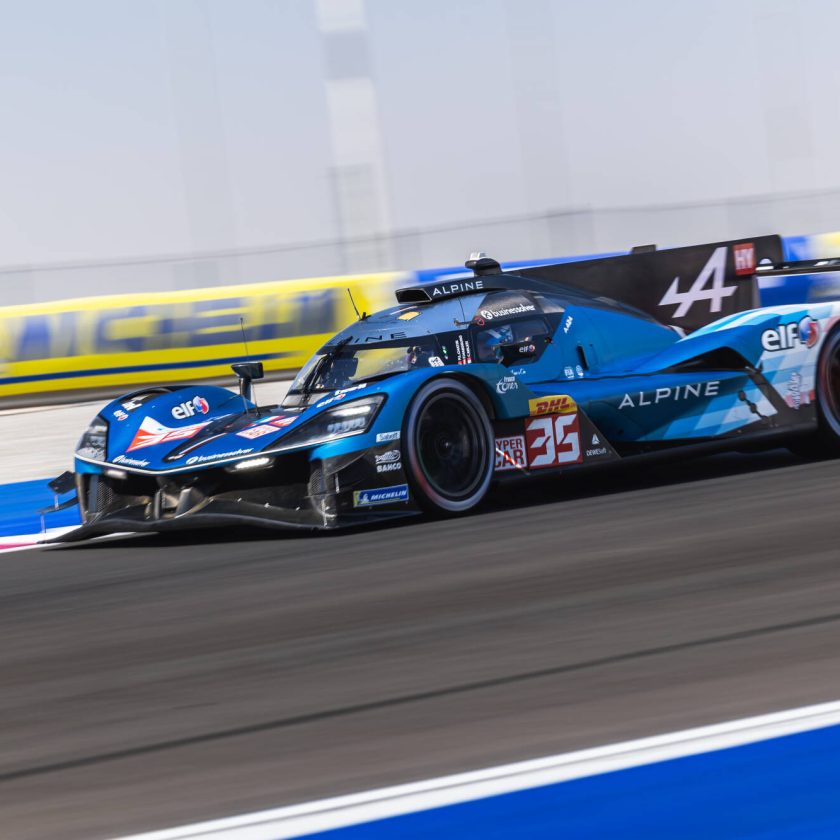The organizers of the FIA World Endurance Championship 2019/20 season have announced changes to the EoT, on the eve before the official start of the season, with the Prologue being run tomorrow morning.
EoT is the short for Equivalence of Technology, and that is the system that is used for levelling out the different technologies in the LMP1 category.
The system has been in place since the FIA WEC started in 2012, with Audi and Toyota being there the first season, later joined by Porsche, which should level out the Diesel and Gazoline plus different kind of hybrid systems, with different capacities. That went amazingly well, handling those three different brands.
There was a LMP1-L category for the privateers like Rebellion Racing, Bykolles, HPD and OAK, plus what ever else has run in various iterations.
When Audi left the sport quite abruptly, new things had to be done. LMP1-H and LMP1-L were melted into one category, with all cars having to fight each other. At least that was the plan, and it didn’t go very well, leaving only Bykolles as privateer in 2017.
With the departure of Porsche after 2017, there really had to be some changes made, to even out the remaining manufacturers. Thankfully we saw the return of Rebellion Racing with a new car, plus SMP Racing and Ginetta joining into the LMP1 category. We didn’t however see much of Ginetta, due to economical issues with the main sponsor for Manor, so they were out of the game very quickly.

Photo: JJ Media
Rebellion Racing and BR Engineering had about the same speed – some weekends the other one was faster, while it switched around next time around. The common theme, however, was they still lacked pace compared to Toyota – about 1½-2 second on a flying lap, and it only got worse when traffic came into play during the races. The Toyotas had the advantage with their hybrid systems, which were able to “power-boost” them past the slower LMP2 and GTE cars, when overtaking them out of the corners.
The LMP1 NH, as the cars without hybrid systems were called, received more and more fuel for their engines, so they could do faster and faster laptimes. At the finale at Le Mans we only had SMP Racing 0,7 of a second away from Toyota, which roughly could be converted into 0,3 of a second at a normal length race track. The 2018/19 season was unique, by having two Le Mans races in the same season, and SMP Racing improved their laptimes by 3,3 seconds in 12 months. In fact, both SMP Racing and Rebellion Racing have run faster at Le Mans 2019 than Audi ever did, even with their superfast hybrid era.
A lot of people has had the opinion for the past 12-14 months, that Toyota Gazoo Racing was handed the World Championship titles for both manufacturers and drivers – but they did end up getting disqualified at Silverstone due to too much wear on the plank underneath the car. So it haven’t been all easy-peasy for them, even though they won the other seven rounds.
But the FIA WEC has announced a new EoT, which will be tested out for the very first time at the Prologue, which will be run over the next two days.
The two Toyota Gazoo Racing TS050 Hybrid cars will carry 14 kg more ballast, compared to what they did at Spa Francorchamps in May. That is a total of 40 kg above their base line weight originally was.
The fuel capacity will be adjusted for each round, so the LMP1 H and LMP1 NH will be running the same stint lengths between refuelling. Toyota has had build in one lap advantage, totally on purpose, to show that they cars can run longer in a stint, when you have a hybrid system – as a marketing tool for hybrid.

Photo: JJ Media
The fuel stops themselves will be adjusted, so Toyota will have to be parked a second longer than the opposition to fill up their tank. That is to subtract the advantage that they are having by starting on the hybrid system, instead of the non-hybrids having to “turn the key” with a starter on the car, before the engine bursts into life.
Last but not least, there will be success ballast introduced, so the cars will gain weight compared to how many points they have in the championship. But that’s equal for everybody, in case a Rebellion leads the championship after Silverstone.
There are no further details about the fuel capacity nor the success ballast at this current time, but there have certainly been some changes made.
The changes however didn’t arrive fast enough to keep SMP Racing in the LMP1 category, since they announced their departure from the category earlier this month, after stating that they had reached the maximum possible result for them, with the hybrids being in another class… Period! SMP Racing did a faultless 24 hours race, and finished 6 laps behind the winning Toyota, who also did a faultless race. Rebellion Racing was a further three laps behind, but had quite a few issues during the 24 hours.
The new baseline weights will be tests during the next two days, plus they will collect information regarding the fuel flow of the different cars, so a hopefully fair EoT can be made for the opening round at Silverstone, which is run in just over a month time.
According to the press release from the ACO and FIA WEC, all three current LMP1 manufacturers agree on the new idea, and welcome it.
It’s going to be very interesting, if they hits bulls eye this time on the EoT front. They are almost there, over a single lap in qualifying, so the last 14 kg might do a difference there.
But we won’t know until the first round of the FIA World Endurance Championship 2019/20 has been run at Silverstone on the 1st of September.



